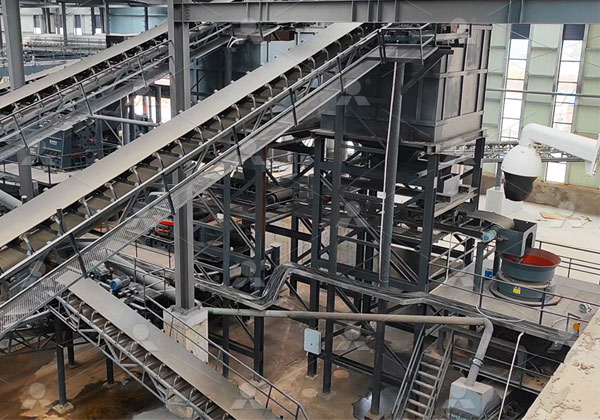Extracting gold from ore is a complex process that involves multiple steps to separate the precious metal from its surrounding material. Gold ores come in various forms, from alluvial deposits to complex sulfide ores, and the extraction method depends largely on the type of ore and the environmental considerations. The following paragraphs outline the key methods and steps for extracting gold from ore.
1. Crushing and Grinding:
The first step in gold extraction is crushing the ore into smaller particles. The mined gold ore is often found embedded in rocks, and crushing helps break it down. The ore is passed through jaw crushers, cone crushers, or hammer mills to reduce it to fine particles. These particles are then ground into even smaller fragments through ball mills or rod mills, preparing them for further separation.

2. Concentration:
After crushing and grinding, the next step is to concentrate the gold particles within the ore. This is often done through methods like gravity concentration, flotation, or magnetic separation. Gravity methods use the difference in density between gold and other minerals to separate it, while flotation uses chemicals and air bubbles to bring gold to the surface. Concentrating the gold helps to reduce the amount of material that needs to be processed in the next steps.
3. Leaching:
Leaching is a chemical process that involves dissolving the gold from the concentrated ore. The most commonly used method is cyanide leaching, where sodium cyanide is added to the ore slurry, causing the gold to dissolve and form a gold-cyanide complex. An alternative method is heap leaching, where the ore is stacked on a pad, and a cyanide solution is trickled through the pile, dissolving the gold. More environmentally friendly methods like using thiosulfate or chlorine-based solutions are being developed as alternatives to cyanide.
4. Gold Recovery:
Once the gold is dissolved in the leaching solution, it is recovered using various techniques. The most common method is the Merrill-Crowe process, where zinc powder is added to precipitate the gold from the solution. Another widely used technique is the carbon-in-pulp (CIP) or carbon-in-leach (CIL) process, where activated carbon adsorbs the gold from the leach solution, and it is then separated by filtering the carbon and stripping the gold.
5. Refining:
The final step in the gold extraction process is refining. After recovering the gold from the leach solution, it contains impurities such as silver, copper, or iron. These impurities are removed through processes like electrolysis, the Miller process (chlorination), or the Wohlwill process (electrolytic refining). The result is pure gold, typically with a purity of 99.5% or higher, ready for commercial use in jewelry, electronics, or financial applications.
Each step in the extraction process is carefully controlled to maximize gold recovery while minimizing environmental impact, with modern mining techniques striving to reduce the use of toxic chemicals and improve sustainability.
